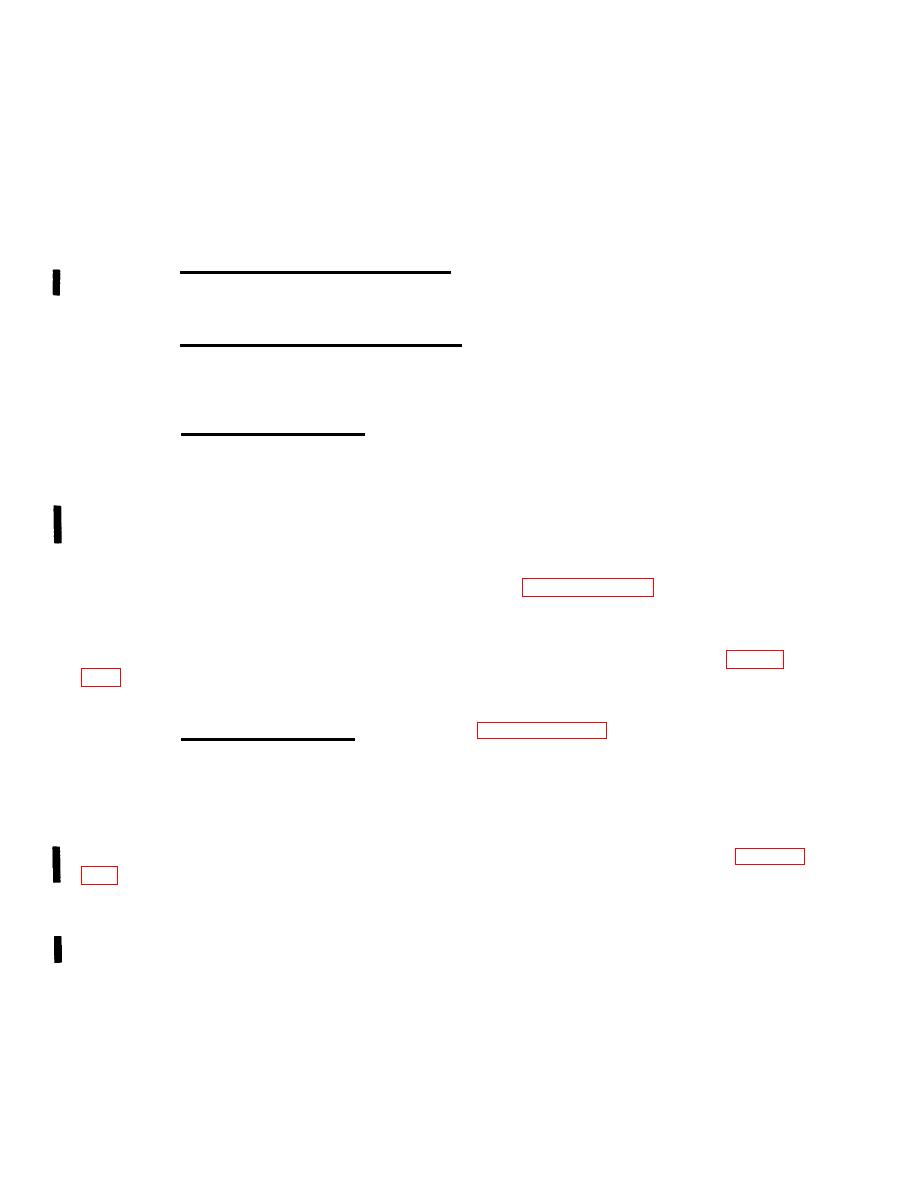 |
|||
|
|
|||
|
|
|||
| ||||||||||
|
|
 TM 32-5865-218-24&P
Contacts 2 and 4 receive lamp voltage from terminal stud El. Switch
S2 is an alternate-action, pushbutton switch/indicator. When switch
S2 is pressed, the C and NO contacts of A close to connect ground
from connector pin J1-N to the lamp C contact. The RCDR ON lamp
lights and the C and NO contacts of A close to connect the 115 V ac
to external system equipment at connector pin J1-D. When switch S2
is restored, the C and NO contacts are open and the lamp is off.
d. CSL BRT Potentiometer R1A. External system equipment
applies lamp voltage to connector pin J1-V. CSL BRT potentiometer
R1A varies the output to external equipment at connector pin J1-X.
EQPT BRT Potentiometer R1B. External system equipment
e.
applies lamp voltage and ground to connector pins J1-S and J1-U.
EQPT BRT potentiometer R1B varies the output to external equipment at
connector pin J1-T.
Interlock Jumpers. The interlock circuit originates at the
f.
external ac line. The 115 V ac ground and 115 V ac neutral
potentials are routed through the ECM panel indicator and external
equipments in the system. The ECM panel indicator interlock circuit
consists of jumpers between connector pins J1-C and J1-F, J1-B and
J1-E. The ground interlock jumper also connects to the cable shield.
If connector J1 is removed, the interlock circuit is opened, and the
external units cannot operate.
countermeasures control contains indicator circuit card assembly
(CCA) A3, voltage regulator A1, RF coaxial switch S1, and circuit
breaker CB1. In addition, throuqh-wiring connections are provided
between external system equipments. These connections (see table
the countermeasures control.
a. Indicator CCA A3. Refer to figure FO-3. The indicator CCA
conditions system audio signals and monitors plain text and radio
control signals. It also provides control outputs to external system
equipment. In addition, the indicator CCA contains a control circuit
that adjusts the brightness of front panel lamps on external system
equipment.
(1) Audio Signal Conditioning Circuits. As shown in figure
to the primary winding of transformer T1. The primary winding also
receives the audio return inputs at connector pins J6-P and J6-X
through terminal board connections TB1-17 and TB1-19. The secondary
winding of transformer T1 passes the audio signal through connector
pins J6-G and J6-H to external system equipment.
|
|
Privacy Statement - Press Release - Copyright Information. - Contact Us |